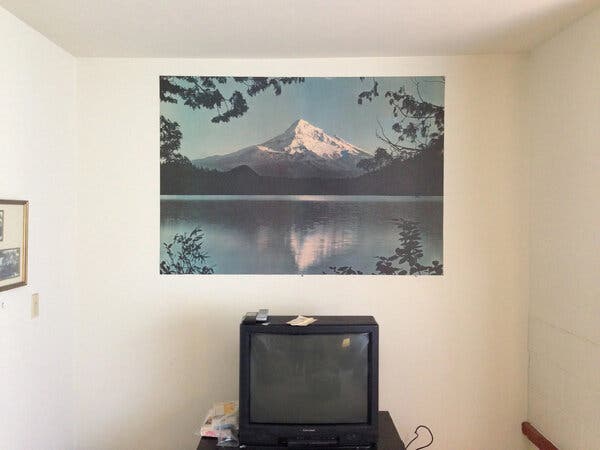The United States is experiencing a decline in its reputation as a democratic nation, with recent assessments placing it behind countries like Argentina, Taiwan, and the Czech Republic in terms of political freedom.
In addition to political challenges, indicators of public well-being also lag behind; for example, life expectancy in Washington is currently lower than in Beijing. Educational attainment too shows disparities, as young people in South Korea now have a higher likelihood of completing high school and pursuing college degrees compared to their American peers.
Despite these setbacks, one area where the United States continues to shine is in its preservation of vast, wild landscapes. The country boasts some of the planet’s most breathtaking natural environments, and immersing oneself in these wilderness areas can provide relief from broader societal frustrations.
Exploring these wild places also offers a chance to appreciate the foresight of early conservation leaders like President Theodore Roosevelt and his close ally Gifford Pinchot. Pinchot, who became the first chief of the U.S. Forest Service and later served as Pennsylvania’s governor, helped establish policies that safeguarded public lands for future generations. Unlike many short-lived political initiatives, their commitment to protecting natural areas continues to benefit Americans today and will endure for centuries.
I recently reflected on this legacy while hiking with my family in Oregon’s Wallowa Mountains. Encouraged by our children, we embarked on the Wallowa High Route, a loosely defined trail that winds above the tree line, linking alpine lakes and mountain peaks. Wildlife such as mountain goats are often more common sights than fellow hikers.
As night fell, we settled into a grassy clearing beneath the stars, laid out our sleeping bags, watched for shooting stars, and hoped for clear skies before drifting off to sleep in the peaceful wilderness.


0 Comments
No comments yet. Be the first to comment!